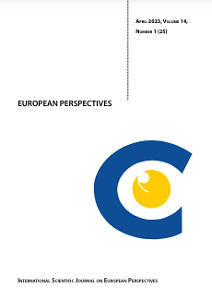Harnessing the Benefits of Regional Integration: Achievements, Challenges, and Prospects Within the East Africa Community (EAC)
Harnessing the Benefits of Regional Integration: Achievements, Challenges, and Prospects Within the East Africa Community (EAC)
Author(s): Joseph VungoSubject(s): Regional Geography, Economic policy, Economic development
Published by: IFIMES Mednarodni inštitut za bližnjevzhodne in balkanske študije
Keywords: economic prosperity; regional integration; peace; stability; prospects;
Summary/Abstract: Regional integration as an economic concept has rapidly been embraced within Africa due to its benefits. The first-generation integration initiatives in Africa were motivated by the political vision for African Unity and the need to scale up import substitution industrialization policies. The second-generation regional integration process in the early 1980s took the form of open–door policies after the continent switched from the import-substitution approach. Key stakeholders in the process were the national governments, private sectors, financial institutions, and the international donor community. The eight Regional Economic Communities (RECs) of the African Union are focused on harnessing the benefits of successful integration. The East African Community (EAC) was created by Kenya, Tanzania, and Uganda in 1999 through a Treaty, to facilitate trade and economic development within its partner states. Since then, Rwanda, Burundi, South Sudan, and the Democratic Republic of Congo have joined the Community. This article analyzes the integration process of the EAC, its achievements, challenges, and prospects.
Journal: International scientific journal European Perspectives
- Issue Year: 14/2023
- Issue No: 1 (25)
- Page Range: 43-70
- Page Count: 28
- Language: English

